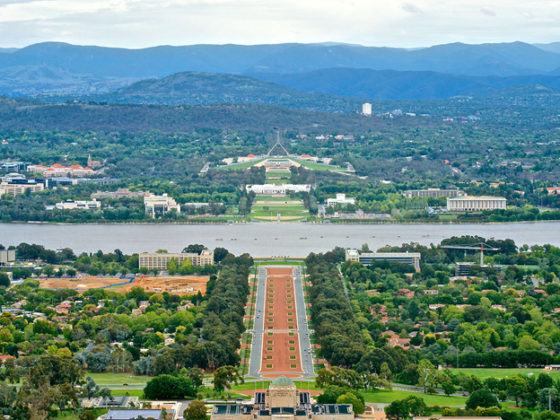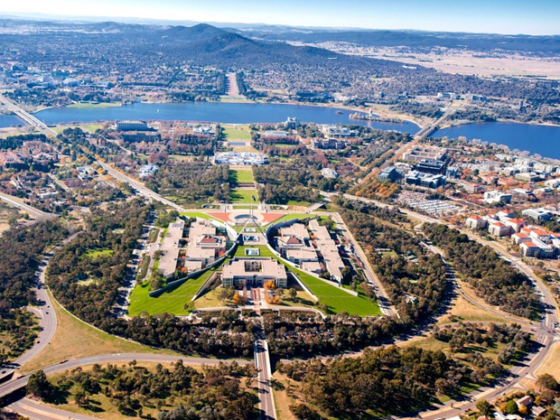The formation of the cost of wallpaper is affected by several factors. There is a direct connection between the material from which the wallpaper and the price of the finished product are made. The more expensive the manufacturer is the material, for example, the vinyl film, the higher the cost of the wallpaper. Applying to the wallpaper of the drawing, that is, the time and money spent by the manufacturer on this process also plays an important role in pricing. The drawing is applied to the wallpaper in three different ways, namely: the deep printing method, the surface printing method and the method of stencil printing.
The most common and profitable is the method of deep printing. Firstly, due to the highest productivity of the process, which is achieved due to the high speed of such a print. Secondly, the deep print method allows you to use the largest color spectrum (up to twelve shades at the same time) and perform even the smallest patterns. The principle of action is quite simple. First, the pattern is applied to copper printed shafts equipped with cells of various depths. Each shaft contains cells with paint of a certain color. The paint from cells is transferred to paper, and the intensity of the color depends on the depth of the cells and, accordingly, the amount of the paint contained in them. At the exit from the cells, many multi -colored points are formed that make up a certain pattern.
In the manufacture of wallpaper by surface printing, the canvas is passed through a printing press, along the perimeter of which in a certain order there are print shafts from aluminum alloy with magnesium. Each printed shaft contains a paint of a certain shade. A layer of paint applied to the canvas with the surface print method is much thicker than in the manufacture of wallpaper by deep printing. Therefore, the pattern is slightly convex, it seems to appear above the surface and you can feel it by running fingers along it. The application of the pattern in this way requires a large time of time, but the drawing cannot boast of special resistance. However, the excellent aesthetic properties of wallpaper produced by the method of surface print allow them to attribute them to a higher class. And the price of such wallpapers, respectively, will be higher.
By the method of stencil (or manual) printing, wallpaper of elite designer wallpaper is produced. This printing method is the most time -consuming and expensive. In addition, this method takes a lot of time. It is characterized by a very complex technique for applying a picture to wallpaper – through carved stencils. Stencils are made mainly from fabric, and slots in them are made manually or using special equipment. Each stencil is used only for one shade of paint, so even to apply a simple drawing, they need quite a lot.
After applying the picture, dense vinyl wallpaper using high temperature and pressure is given a special texture (relief). Relief areas are located on the wallpaper canvas either in random order, or in accordance with the pattern applied. If the relief of the wallpaper is combined with the pattern, such wallpaper is called reflective. They are more common and popular. The surface of such wallpaper is often shiny thanks to the play of light at various levels of textures and elements of the pattern. The elements of the pattern protruding above the surface are additionally distinguished by color, different from the main background of the wallpaper. Due to the fact that they are made of tightly vinyl, such wallpaper are detergents.
The wallpaper made of natural materials, for example, from certain varieties of herbs, reeds or bamboo, glued onto the paper base, costs. The process of manufacturing such wallpaper is very laborious and requires a large time. Wallpaper from natural materials differ in a special texture, their color is often uneven and they have the ability to quickly absorb dirt, which complicates their care. However, they are breathing and environmentally friendly, which can be considered their undoubted advantage.


